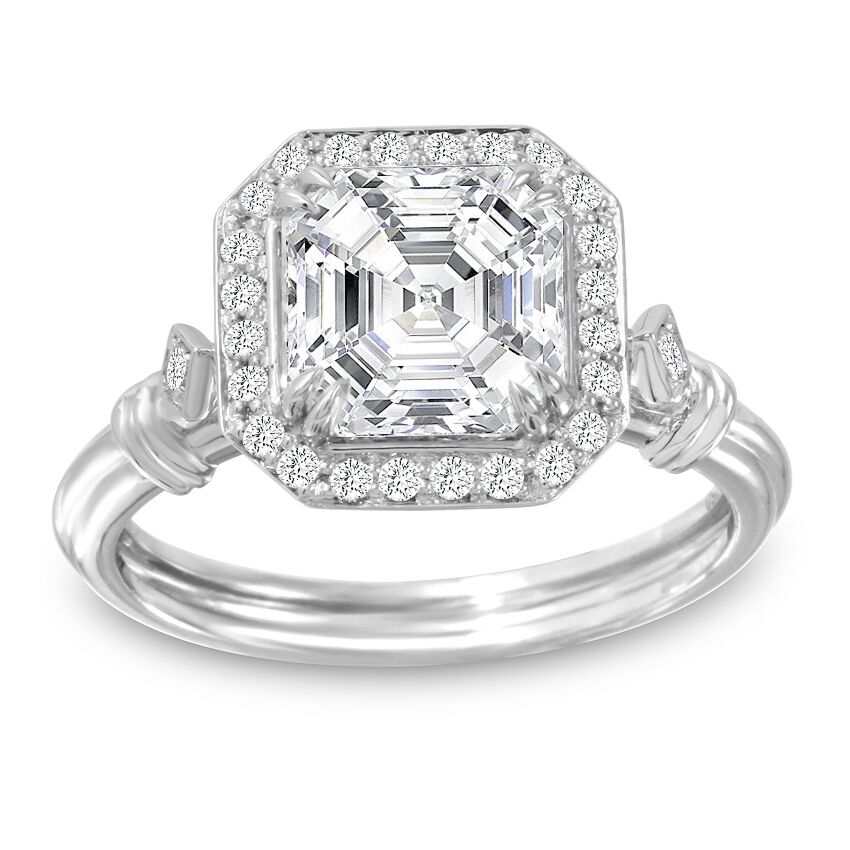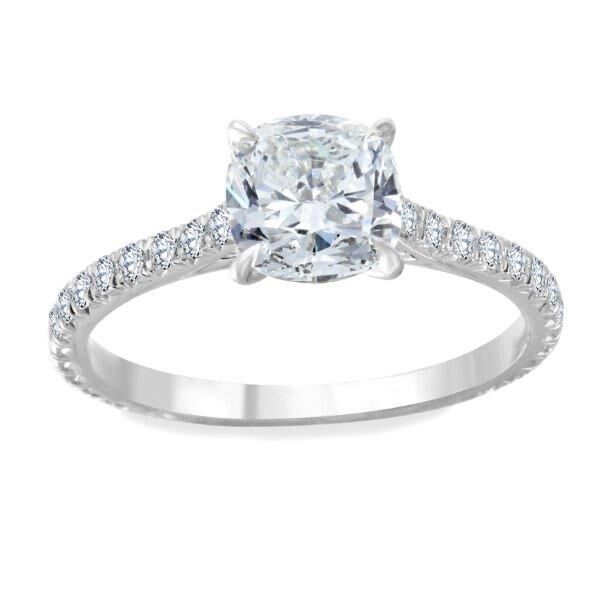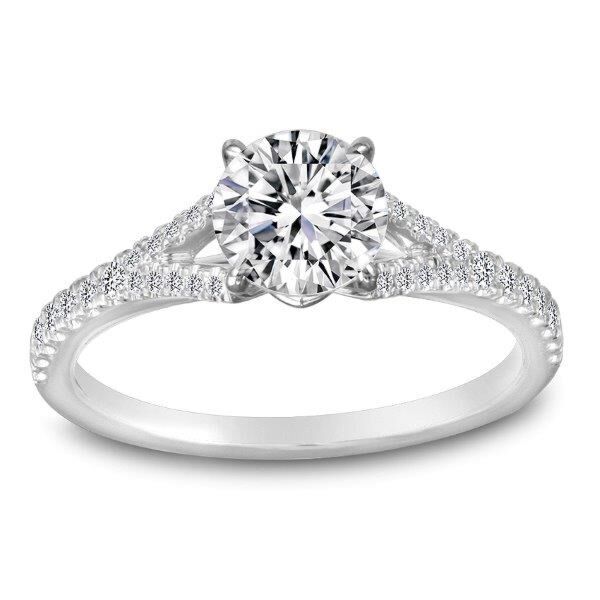- Call us: (213) 489-1767
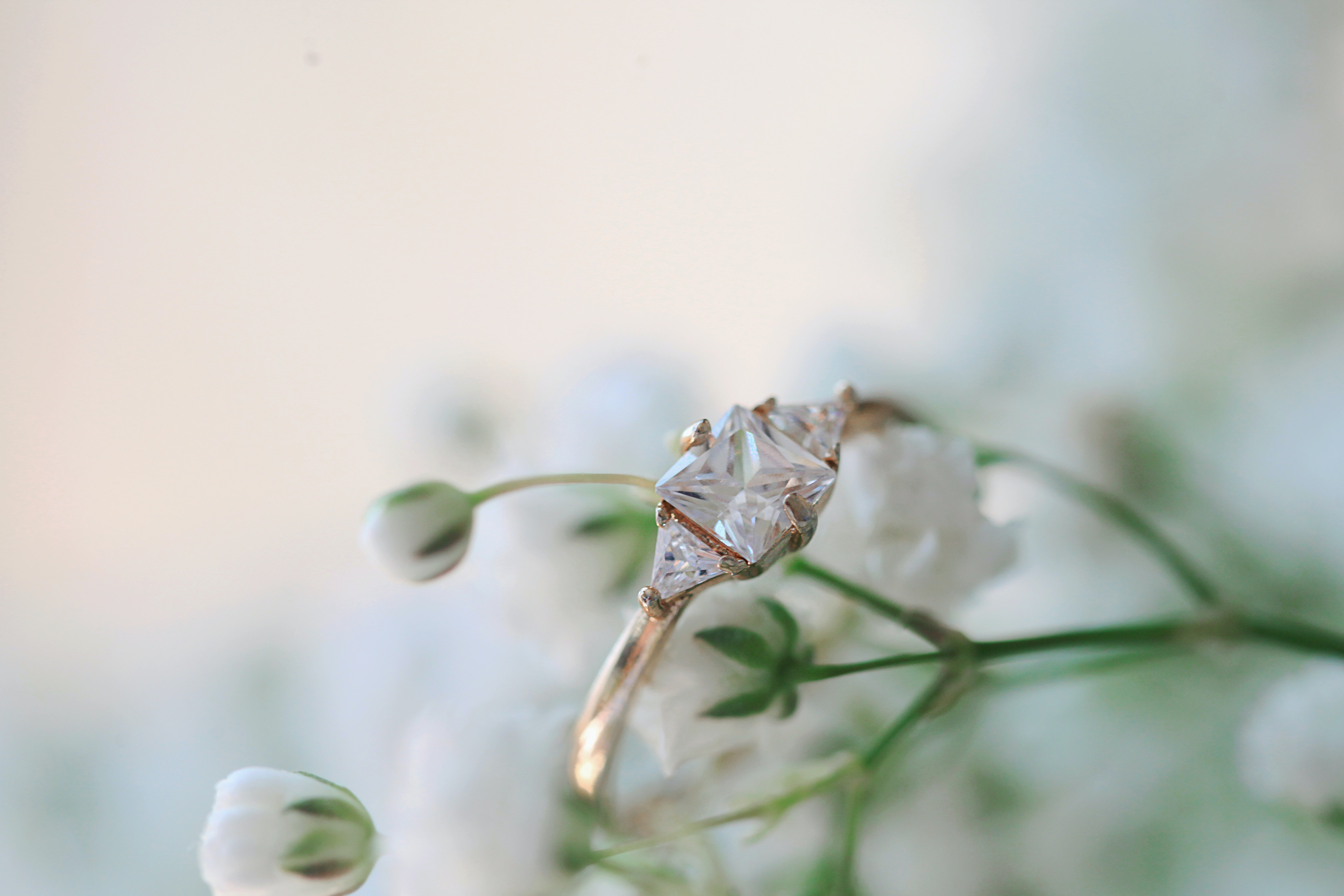
If you have clicked on this article to read, then the chances are that you are either somebody who is planning to propose to your partner, or you are somebody who has already been proposed to but has been given the chance to figure out your engagement ring style. In either case, the first thing to do is send you huge congratulations!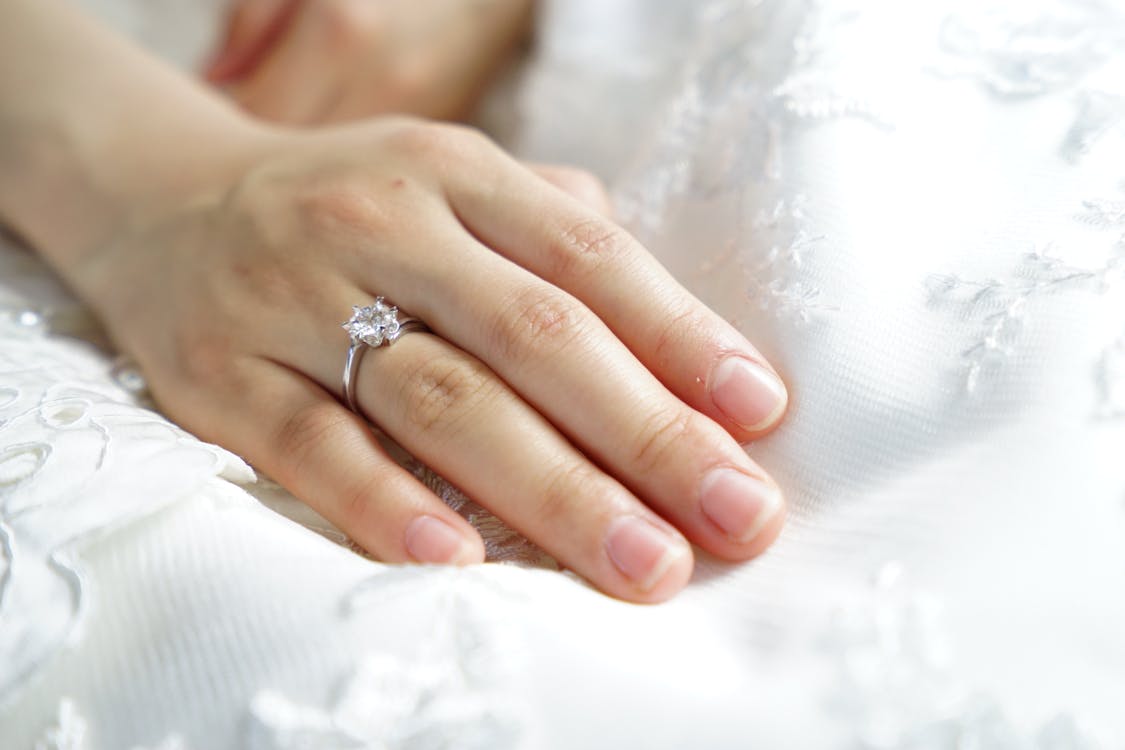
Getting engaged is one of the biggest milestones in anybody’s life, and along with the pressure of planning the perfect proposal moment, there is also the added stress of making sure that the engagement ring presented is perfect!
The tricky part of this particular process is that there are so many different and unique engagement ring designs to choose from at any jeweler, it can often be overwhelming.
If you need a little help, then you have come to the right place. We have put together a complete guide to everything that you need to know about diamond engagement rings (including vintage engagement rings). There is a huge variety of engagement rings, so, understandably, someone might need a little bit of assistance on the matter!
Here is our complete guide to different styles of engagement ring settings to help you find the perfect ring and setting style for yourself or your partner.
Read through this, and you will feel much more confident when you set off to buy your engagement ring!
What Is A Ring Setting?
An engagement ring’s setting refers to the entire structure of the ring, but in particular, there is a focus on the ring’s gemstones and how they are mounted and held in place.
Rings are made up of lots of different parts, with the two most important being the shank and the head. The head of the ring is the top that includes the stones, and the shank is also known as the band and is the metal part that encircles the finger.
Ring settings are very varied and each one has its pros and cons. Some use more metal, and some use less, which can alter the lightness and elegance of each individual creation. Some are designed with lower profiles and are more durable, while others focus on elevating the stone so that it is prominent on the finger. With settings, it really does come down to a matter of personal preference!
Some of the types of setting for the most popular engagement ring styles include:
Prong
Prong settings are the most classic and most common type of solitaire engagement ring setting. Settings are usually either four prongs or six prongs. Most often they are made from the same precious metal as the band and the prongs gently curve over the surface of the gemstone to hold it in place.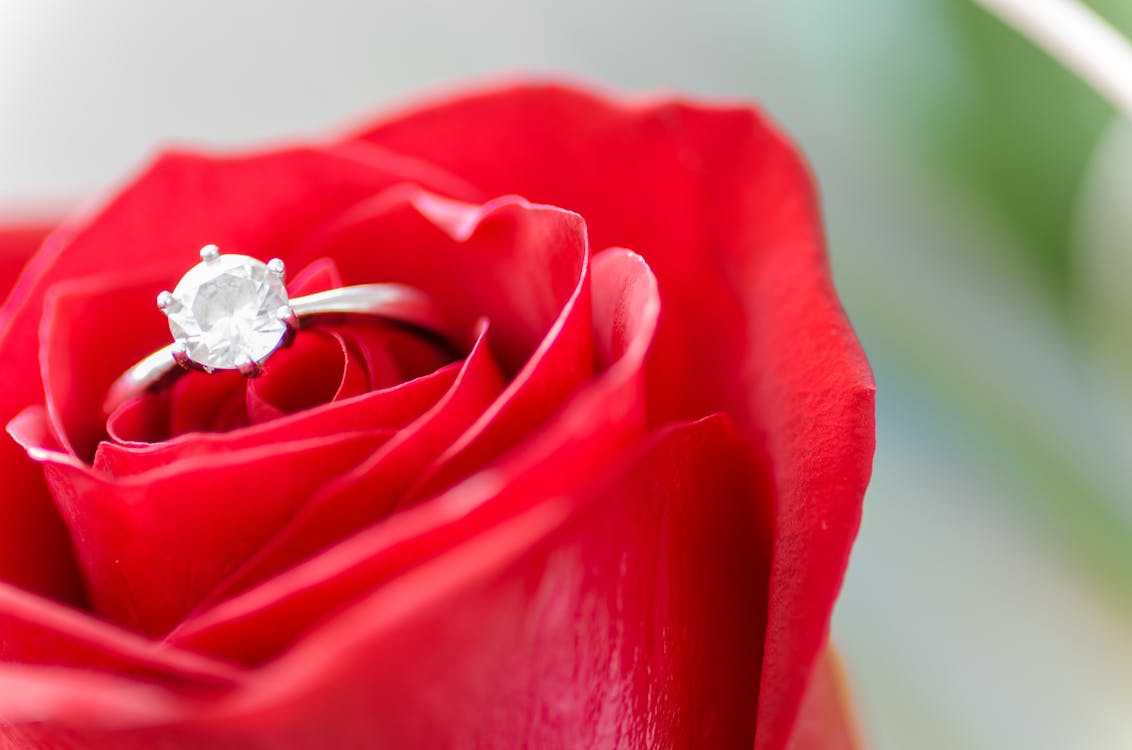
A benefit of the prong setting is that it allows for maximum light exposure of a gemstone, which in the case of a diamond serves to enhance its brilliance and produce the most dramatic sparkle.
Traditionally, prongs on a ring sit at 2, 4, 8, and 10 o’clock around the stone (or 2, 4, 6, 8, 10, and 12 for a six-prong setting).
The prong setting is the most popular choice because it is suitable for all gemstone shapes including round, marquise cut, and princess cut.
Basket
The basket setting is a type of prong setting that has an additional feature to help support and secure the center stone. Horizontal bands wrap around the vertical prongs, and this creates a basket effect to cradle the stone.
A basket set ring will usually sit lower on the finger than a prong setting, which offers a degree of extra security.
Cathedral
The cathedral setting is a sophisticated setting that uses a set of sweeping arcs that extend from the shank to the exterior mount of the center stone. This gives a distinctly sculpted look that is reminiscent of Gothic-era design.
A cathedral setting is unique and allows for hidden details in the crown of the ring. It is lovely for a solitaire because it accentuates the center stone giving it a higher sit off the finger. It is ideal if you want an engagement ring with a stone that sits high and proud over a wedding band.
Trellis
The trellis setting can often be confused for the cathedral setting, but the difference is that the prongs interweave and overlap, creating a distinctive X shape at the bottom of the setting where the shank connects to the mounting.
Just like with the cathedral setting, there are plenty of small crevices and gaps where debris and dirt can build up so regular cleaning is a necessity.
Bezel
The bezel setting offers a very secure hold for round and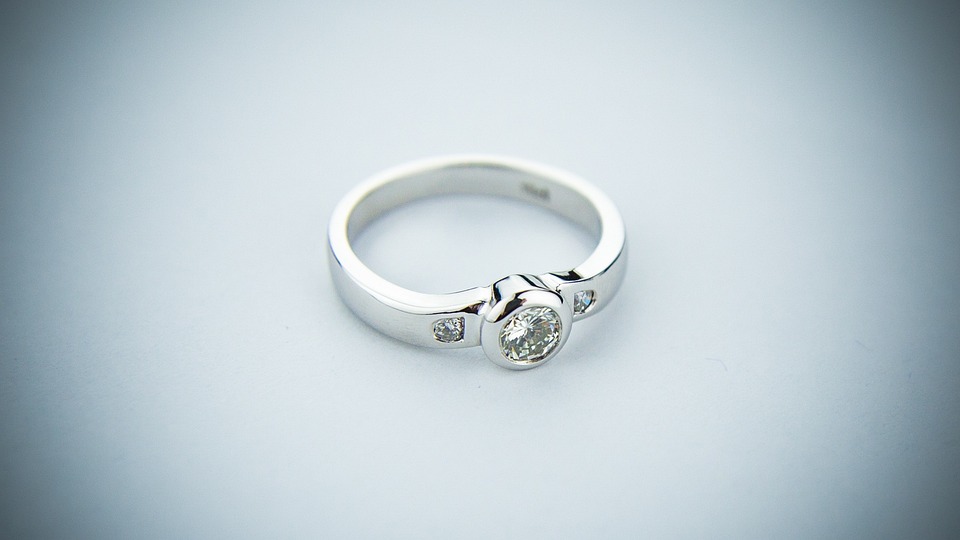 cushion-cut gemstones. The look is modern and clean, with the bezel encircling the stone with a very thin metal rim that is exactly customized to the individual stone(s).
cushion-cut gemstones. The look is modern and clean, with the bezel encircling the stone with a very thin metal rim that is exactly customized to the individual stone(s).
Since it is so secure, the bezel setting is an ideal option for people who live fairly active lifestyles, or who have professions that involve the constant use of their hands.
A variation of the bezel setting is the flush setting and this is generally used on smaller stones that are accent stones rather than the center stone.
The bezel is not as popular as prong settings because it is thought that by being fully encased in metal except for the table, not all the true shine and beauty of a diamond is seen. Designers can counteract this by creating a split girdle, allowing light in from the sides.
Channel
The channel setting is used to present a row or multiple rows of stones that are sandwiched together between two horizontal channels. The unique element of this setting is that there is no metal separating the gemstones, meaning that they hold together snuggly so you get an uninterrupted sparkle across the stones.
This is one of the smoothest looks for a ring, as the unobstructed placement of the stones provides maximum sparkle but it’s a setting more used in diamond eternity and wedding bands than in stone engagement rings.
Channel settings work best with princess cut stones.
Tension
A tension setting is one of the more unique settings. The tension of the metal band secures the gemstones in place. The visual result of such a design is that the gemstone looks like it is delicately suspended between the split shank of the band.
This is a stone setting that needs exquisite calibration and craftsmanship, as the dimensions need to be absolutely perfect for the setting to work. Tension rings are difficult to resize.
Types of Ring Setting Layouts & Design Elements
The layout of a ring is slightly different to the setting, as the setting refers to the mechanism that holds the stone in place, and the layout refers to the overall look of the ring and how all of the design elements are combined together on the finger.
Some of the most classic and popular layouts include:
Solitaire
The classic solitaire setting is characterized by a single gemstone in the mounting at the head of the ring, with only a metal band for the shank to make the look complete.
Some examples of the setting have much thinner bands, and this has the effect of making your chosen stone look much larger, complementing small fingers.
However, a thicker band on a solitaire ring will allow for more options when it comes to setting the diamond. The most common types of settings for a solitaire ring are prong and baskets.
Halo
The halo style is a ring that features a single center stone which is framed by rows of small round diamonds that help to enhance the appearance of the overall sparkle.
A halo engagement ring is one of the more versatile designs because it can use a range of mounting options including prong, basket, trellis, and cathedral. For those who want even more sparkle, you can even go for a double halo!
Pavé
Pavé is a hugely common design element. It involves rows of tiny diamonds set level with the surface of the ring. This results in a beautifully sparkly setting that resembles a road of diamonds (indeed pavé is French for paved).
It is unusual to see a ring that only has pavé diamonds as it is an accentuating feature rather than a showpiece. It adds visual beauty and adds to the magnificence of the centerpiece.
Pave setting can add a lot of visual flare and appeal in the way that it accentuates metalwork like migraine or filigree. Something to consider, however, is that pavé-set diamonds (and especially micro pave diamonds) are much more susceptible to becoming loose and falling out.
Three-Stone
The three-stone ring features a large center stone that is flanked on each side by two slightly smaller stones of equal size.
Usually, the center stone is slightly raised from the other two to create even more visual interest. This is a popular layout because it is another that aims to achieve maximum sparkle, and you can be versatile with your choice of side stones with options like smaller diamonds and other gemstones like sapphires, rubies, and emeralds.
Split Shank
Most traditional diamond engagement rings are the Tiffany style that is a single band that supports a variety of center stone options. But the split shank is a much more interesting and different choice for someone who wants to go against the grain.
With the split shank, the band on either side of the mid finger splits into two separate shanks that shift further apart as they culminate around a single center stone at the ring’s head. The design is super and unexpected, and will be sure to catch the eye of anybody who takes a look!
This is just one of several different shank styles that have been entering ring design. There are all sorts of different shank styles including twisted, double split, tapered, bypass, and interlocked.
Tips For Picking A Diamond Engagement Ring Setting
The biggest factor to consider when picking a perfect ring is your lifestyle. Depending on how active you are, you might want to go the extra mile and have six prongs to secure the stone in place rather than four prongs ro choose the most secure setting, the bezel.
If you use your hands in your job consistently and repeatedly, a bezel setting or channel setting can help to best protect your ring from things like snags, bumps, and bangs.
If you don’t have the budget for a hefty carat weight diamond, you can amplify the size of your single stone with something like a halo setting or a solitaire setting with a thinner band. Try to maximize surface area with strategic diamond shapes such as an emerald cut or baguette cut.
If achieving maximum sparkle is your top priority, then the best way to go would be a pave band that holds a center diamond stone in a cathedral setting. The addition of small diamonds on the shank will give sparkle from every angle.
One way to get the absolutely perfect ring is to opt for a custom designed ring by Stein Diamonds. You can buy a loose diamond cut to your preferred shape, design your setting and shank and have it made in any precious metal you like. White gold might have overtaken yellow gold as the most popular choice and rose gold has become more popular but you can choose whichever you prefer.


